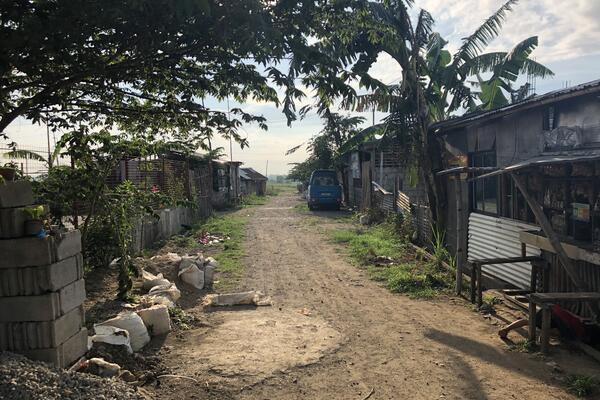
Flattening the COVID curve
Waterloo students help create COVID-tracking platform used by more than 300,000 people in first week

Waterloo students help create COVID-tracking platform used by more than 300,000 people in first week
By Ryon Jones Faculty of MathematicsFlatten.ca, a web-based, data-gathering platform co-developed by ten Waterloo students, is gaining national attention. Launched at the end of March, participating students volunteer their time to help track and monitor COVID-19 outbreaks across the country. The app helps increase awareness and flatten the curve in the spread of COVID-19
The result of a multi-institutional collaboration between the University of Waterloo, University of Toronto, McMaster University and the University of New Brunswick, Flatten.ca was developed by students during their unexpected time off due to COVID-19.
In less than two weeks, more than 337,000 people have visited the self-reporting tool to answer questions about whether they’re experiencing COVID-19 symptoms, have travelled outside of Canada in the last 14 days, if they’re immunocompromised or over the age of 60.
Flatten also collaborates with health authorities across Canada to record confirmed cases, with the City of Montreal’s public health authority adopting it as their official tracking system. The team then collects and sanitizes the data so that it can be analyzed and outputted into heat maps showing confirmed and potential COVID-19 cases and the number of vulnerable people in various locations.

Surya Krishnan
Surya Krishnan, a first-year computer science and business administration student at Waterloo, looks forward to other cities and provinces encouraging residences to utilize the free platform.

Miraal Kabir
The project has also been quite rewarding and enlightening for first-year Waterloo computer science student Miraal Kabir. Kabir is Flatten’s user experience and user interface designer who is responsible for not only designing Flatten's new website, but also their soon-to-be-released dashboard.

Yifei Zhang
Yifei Zhang, a second-year Waterloo software engineering student from Mississauga, estimates he has already logged more than 100 hours on the project as a team lead in charge of website development.

Ivan Nesterovic
Ivan Nesterovic, a second-year student, studying computer science at Waterloo, has also spent a considerable amount of time working on the backend of the website. As Data Team Lead, Nesterovic helps create the metrics to analyze data submitted by visitors to the platform.

Read more
How Waterloo professors are helping adapt health-response guidelines for lower-resource areas

Read more
Engineering students are looking for help from academics and industry to refine and produce their low-cost, portable ventilator

Read more
University of Waterloo launches emergency support fund for students
The University of Waterloo acknowledges that much of our work takes place on the traditional territory of the Neutral, Anishinaabeg, and Haudenosaunee peoples. Our main campus is situated on the Haldimand Tract, the land granted to the Six Nations that includes six miles on each side of the Grand River. Our active work toward reconciliation takes place across our campuses through research, learning, teaching, and community building, and is co-ordinated within the Office of Indigenous Relations.